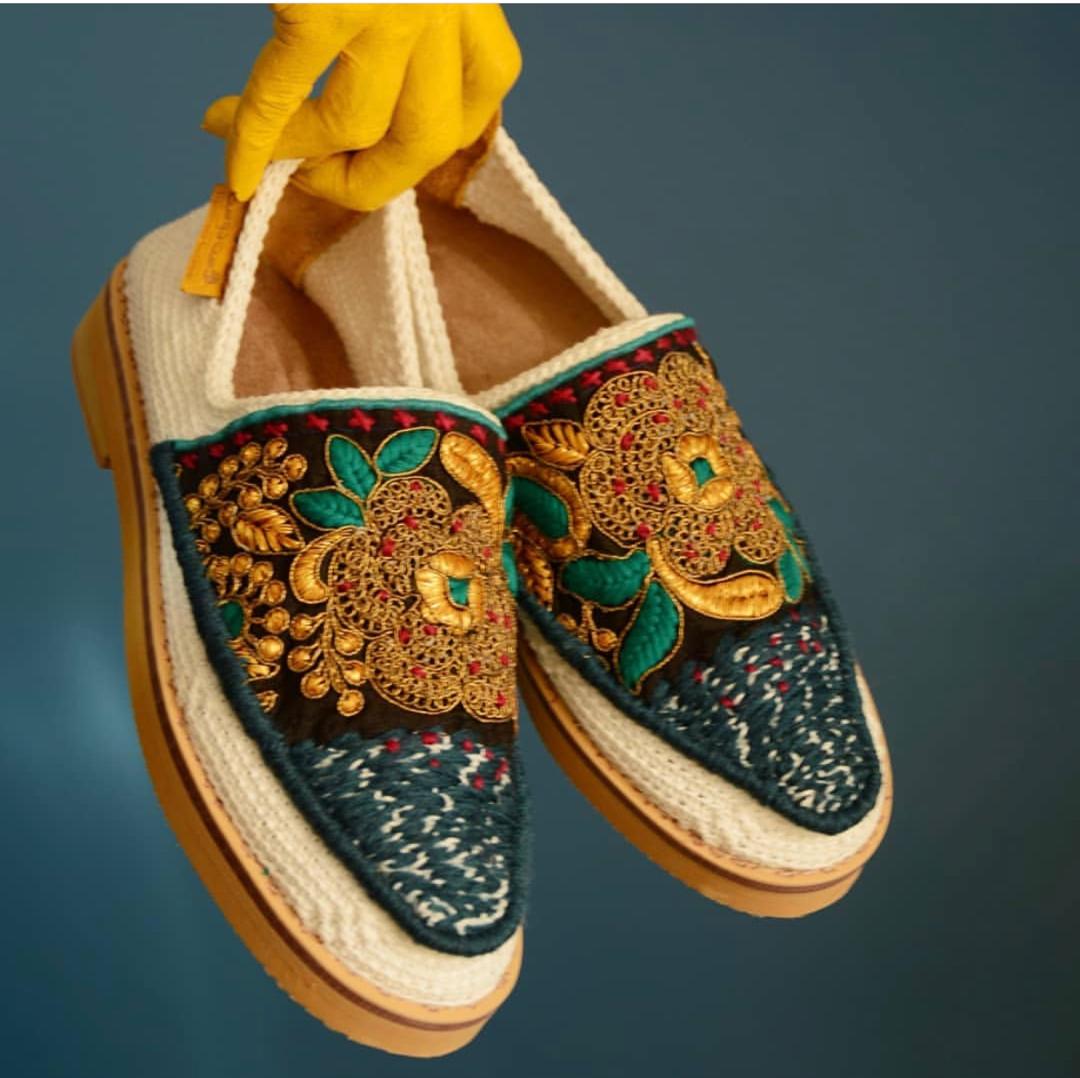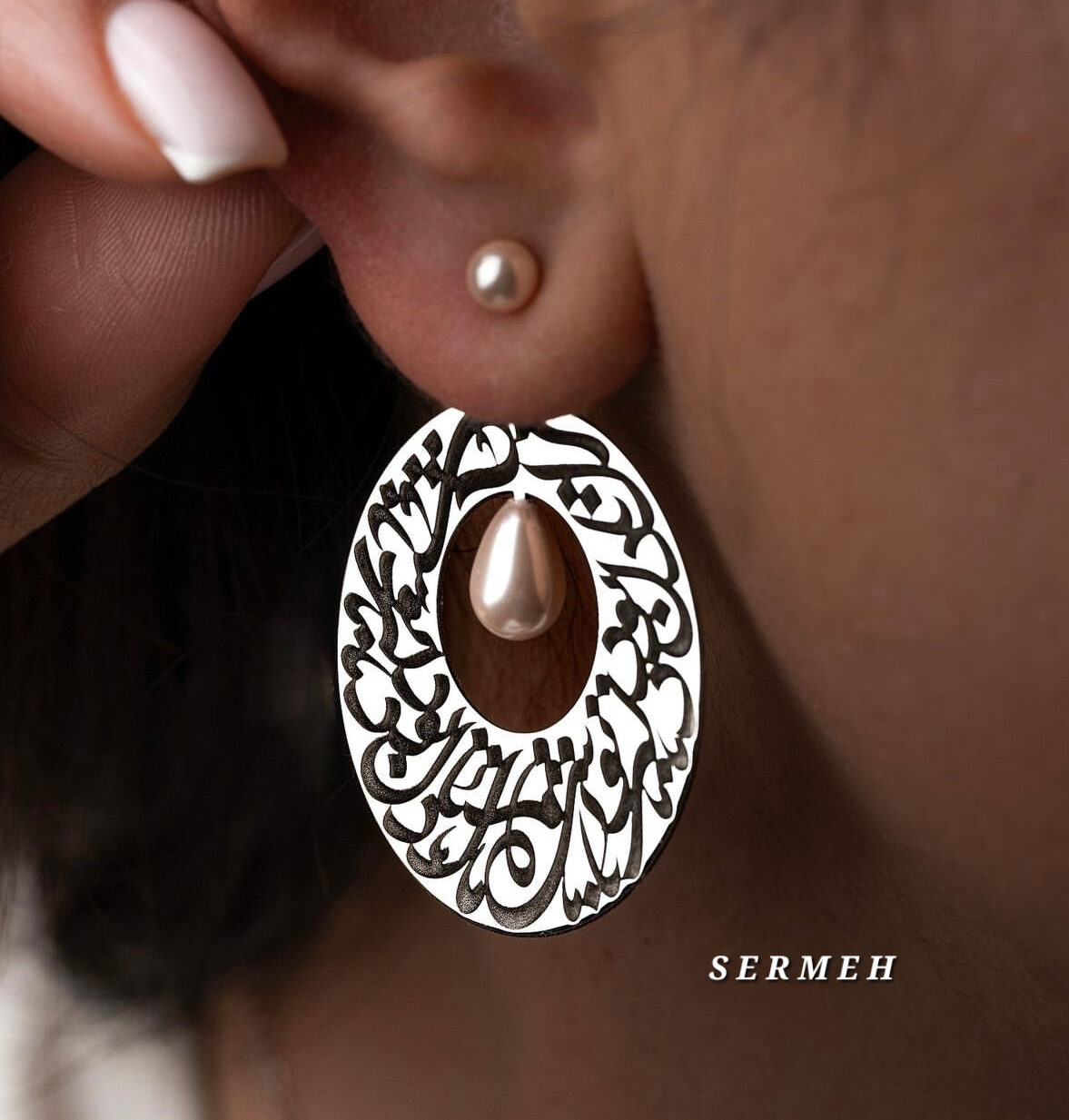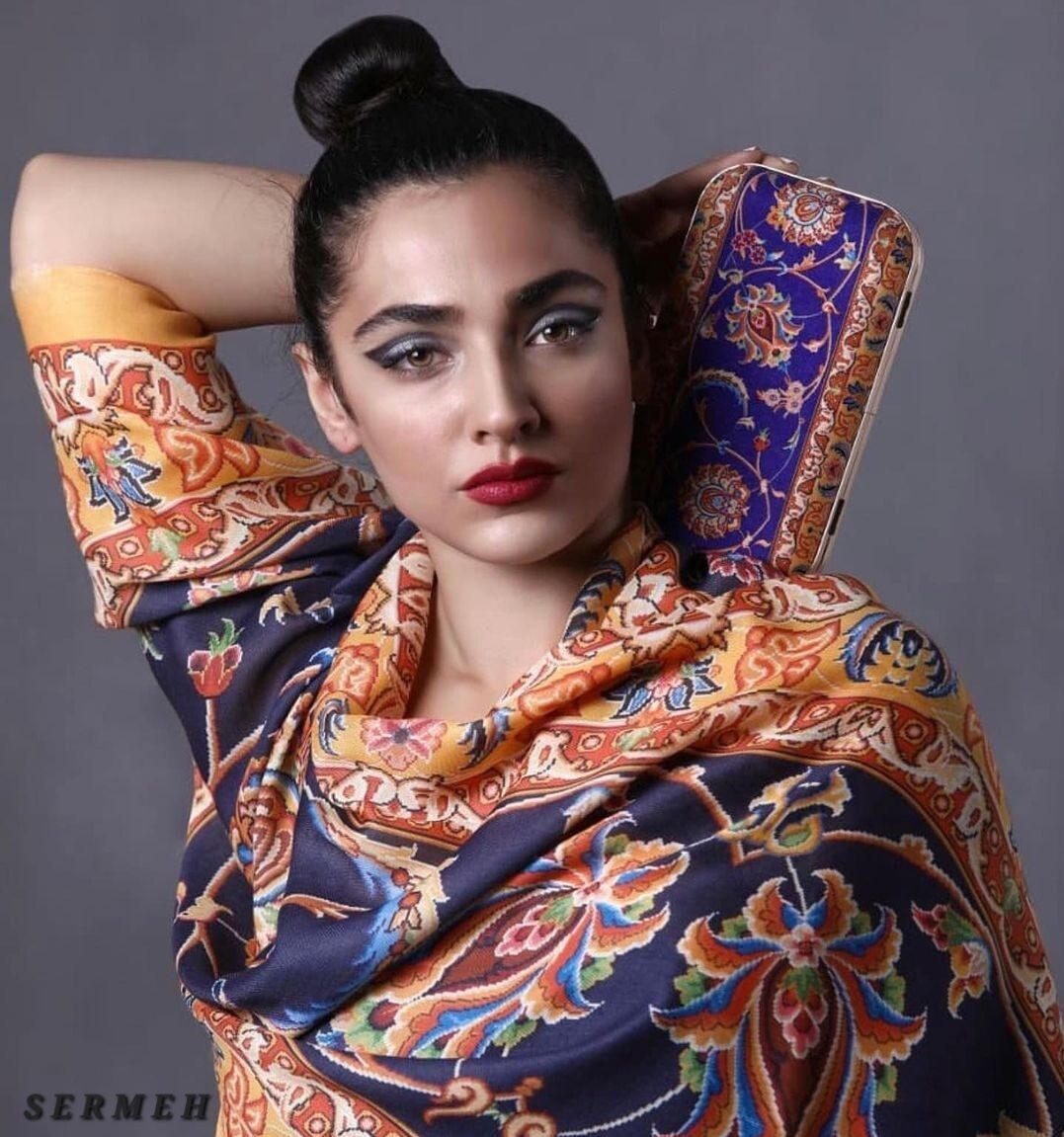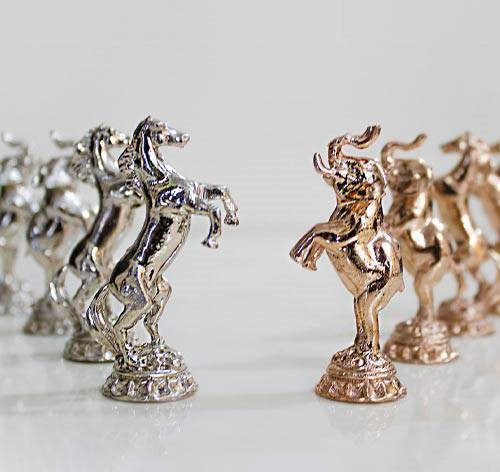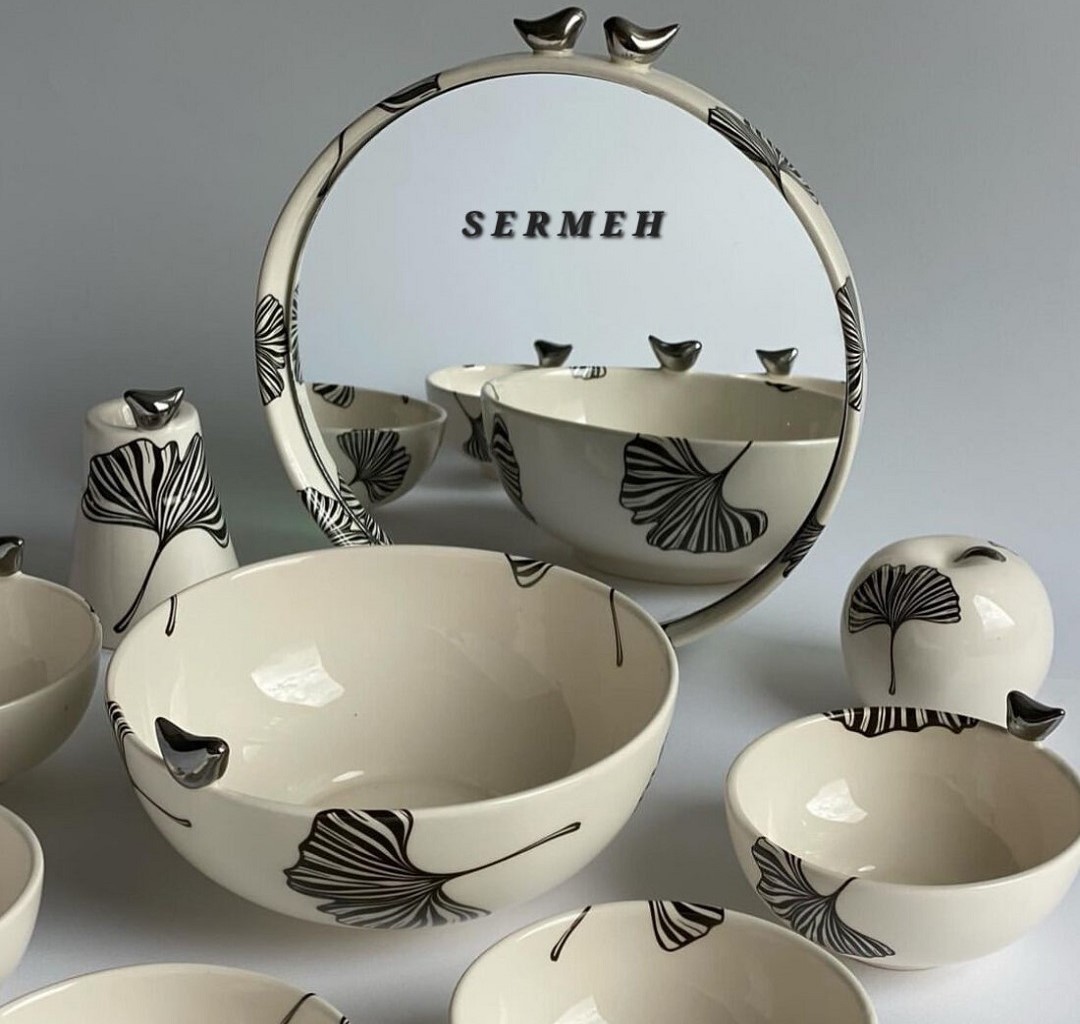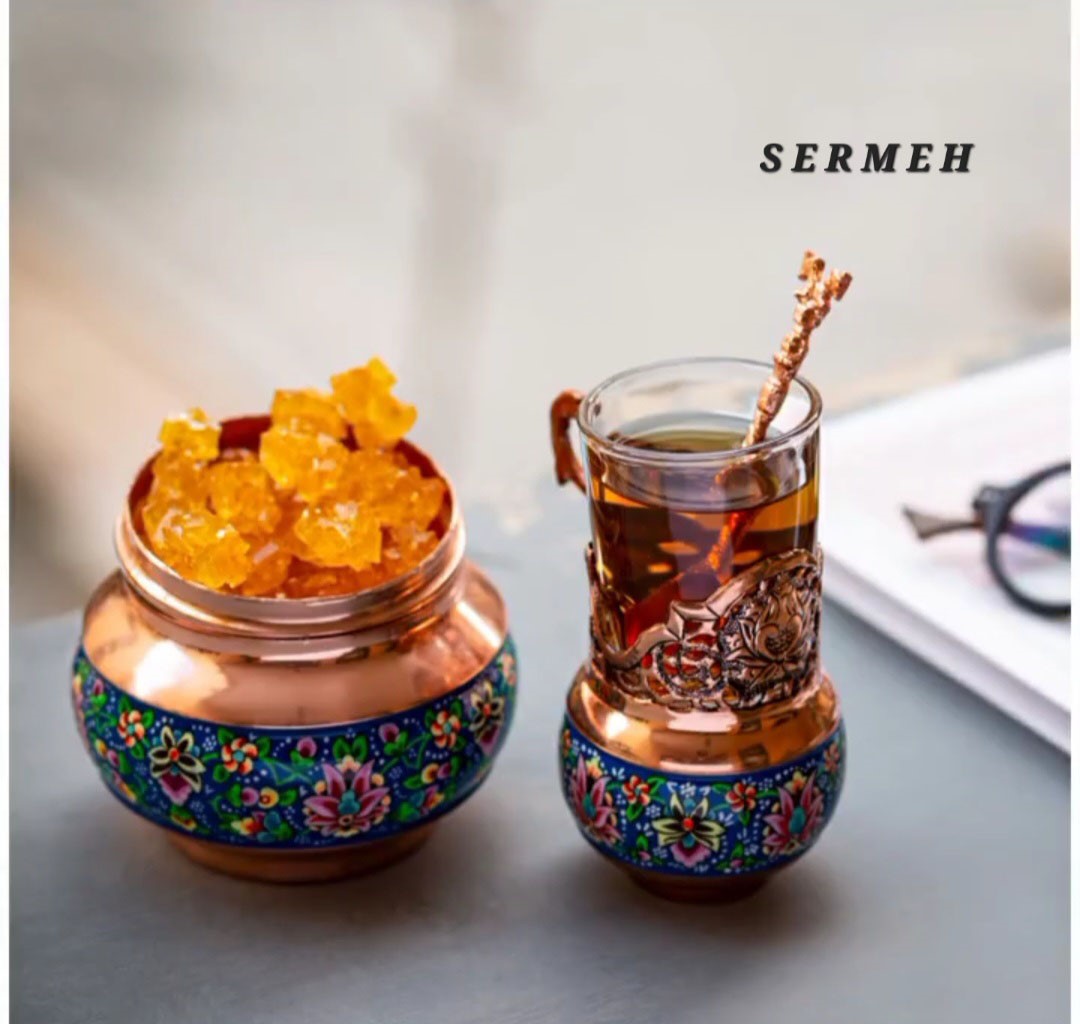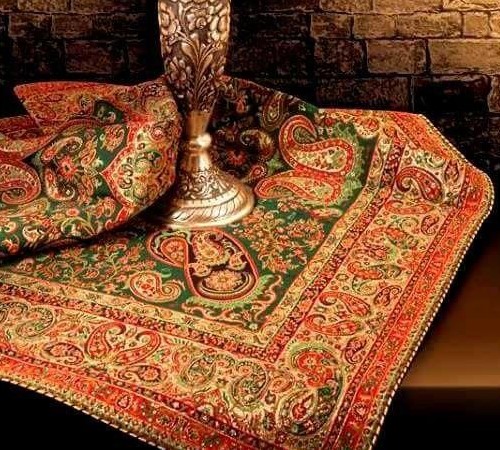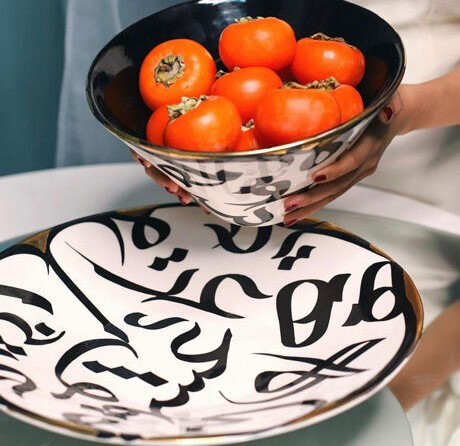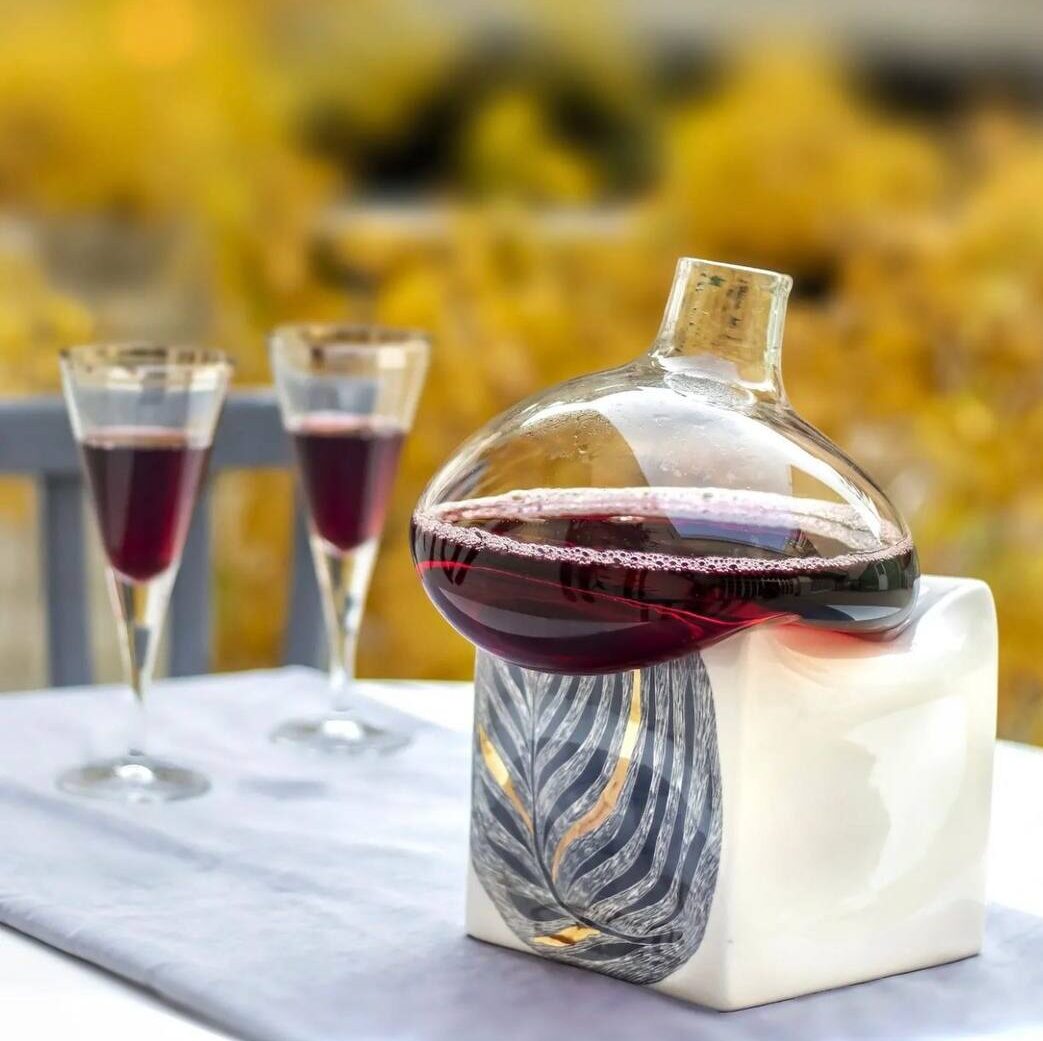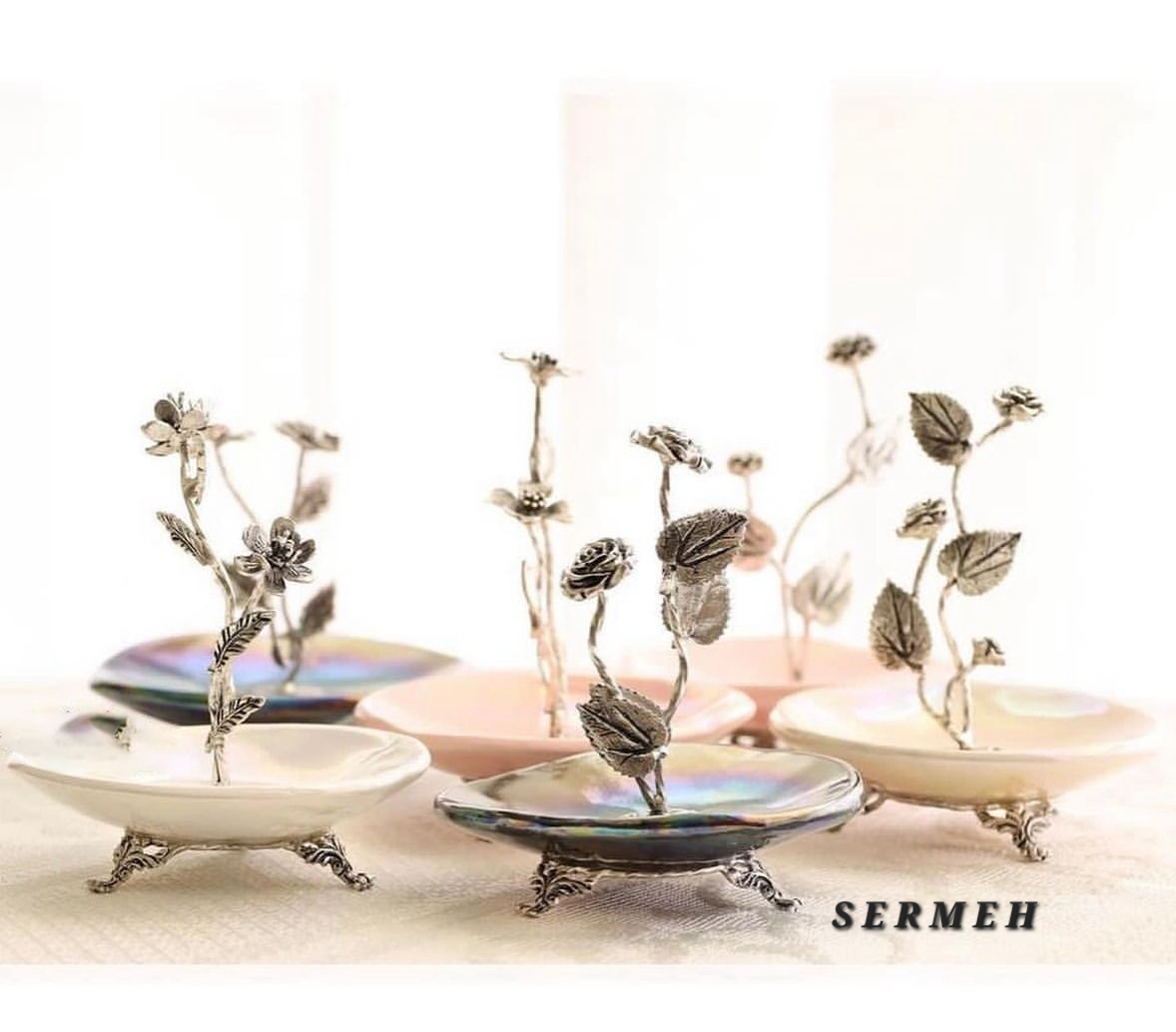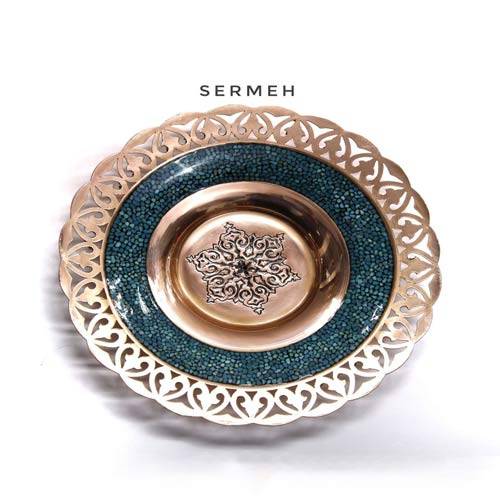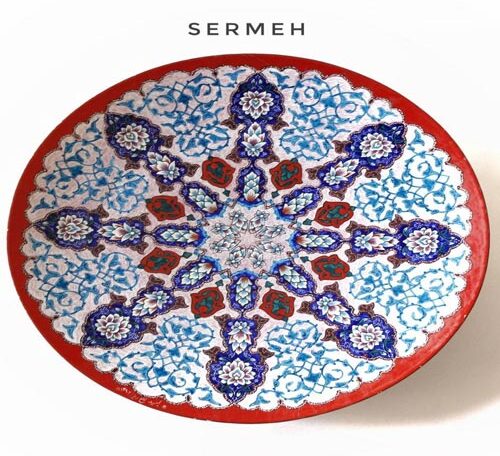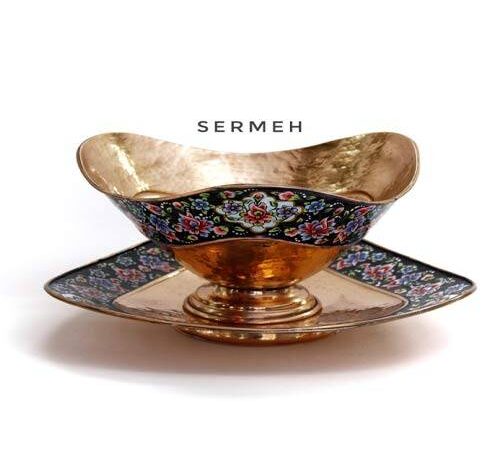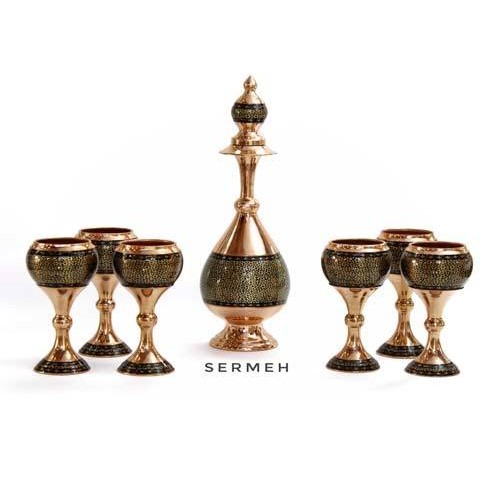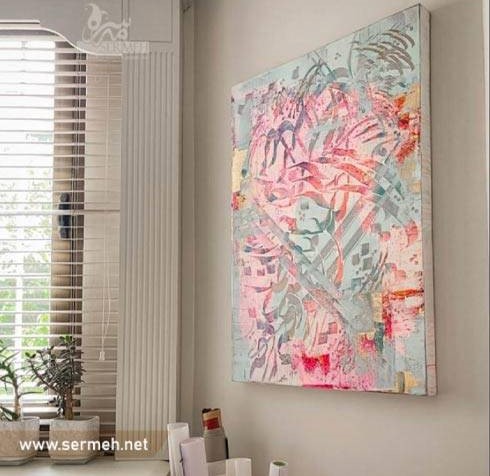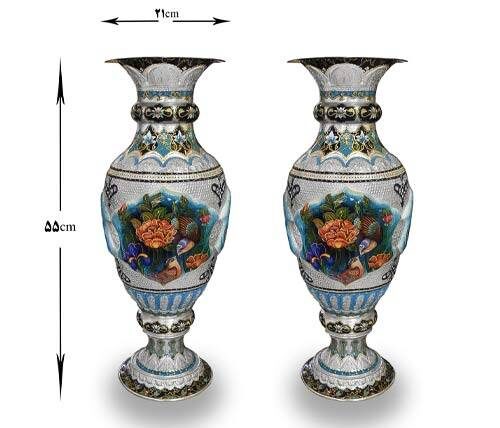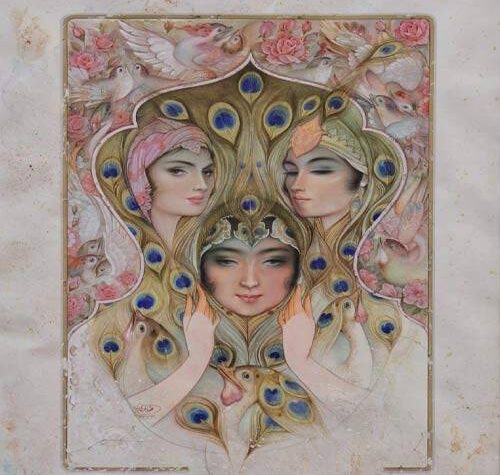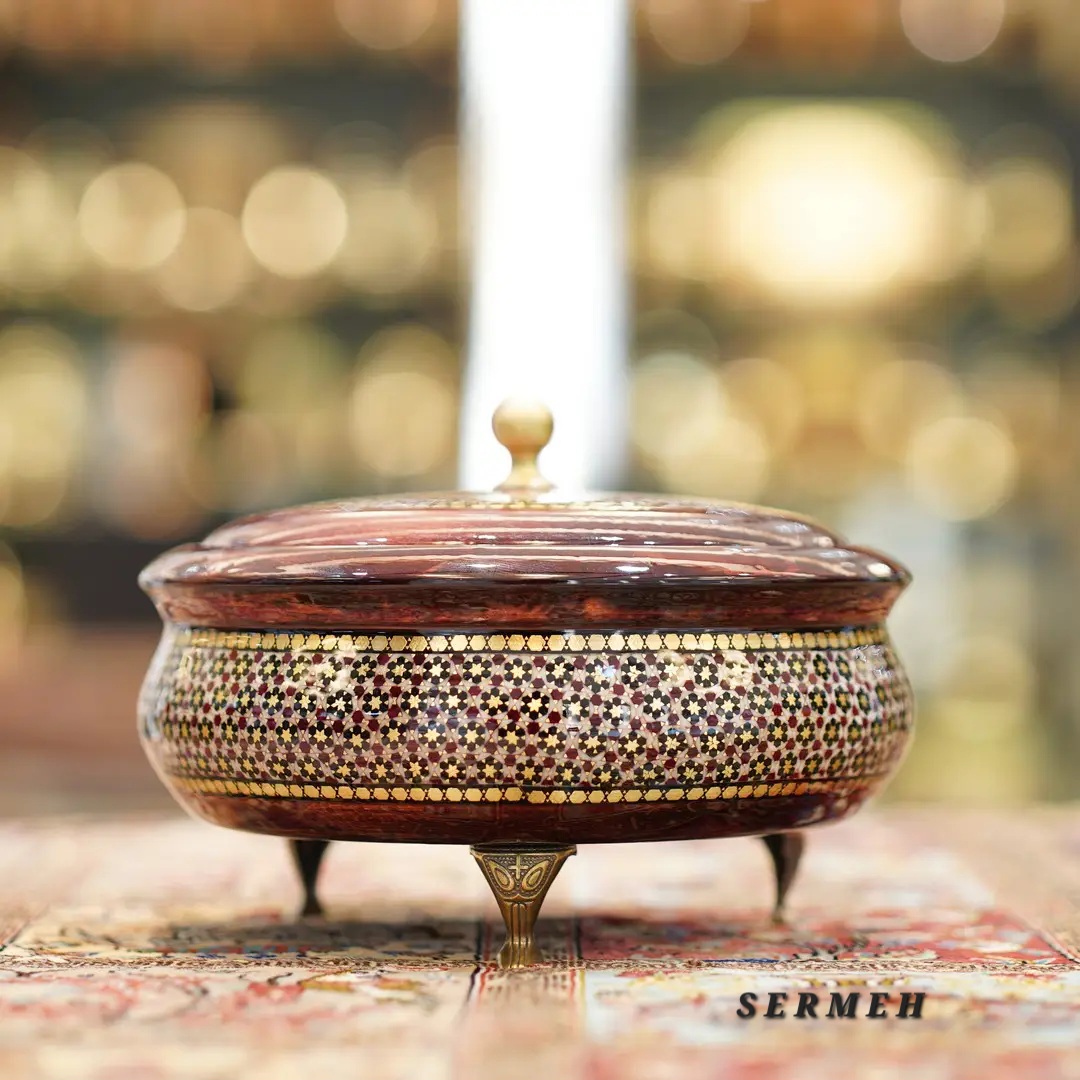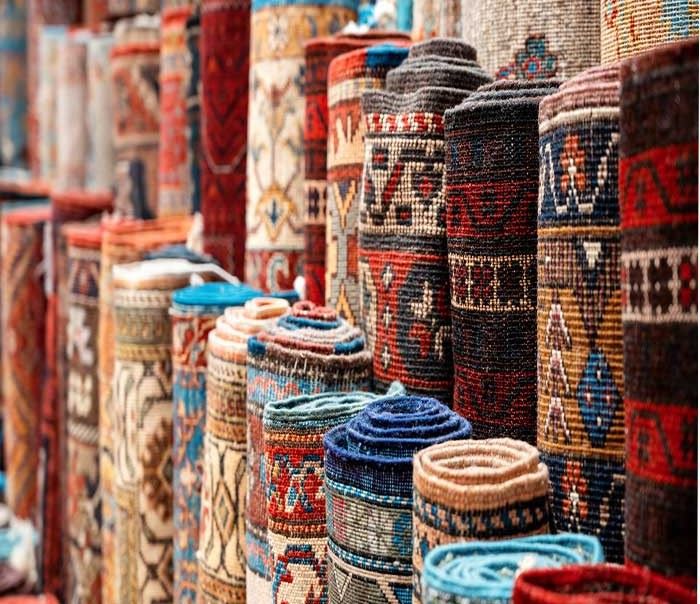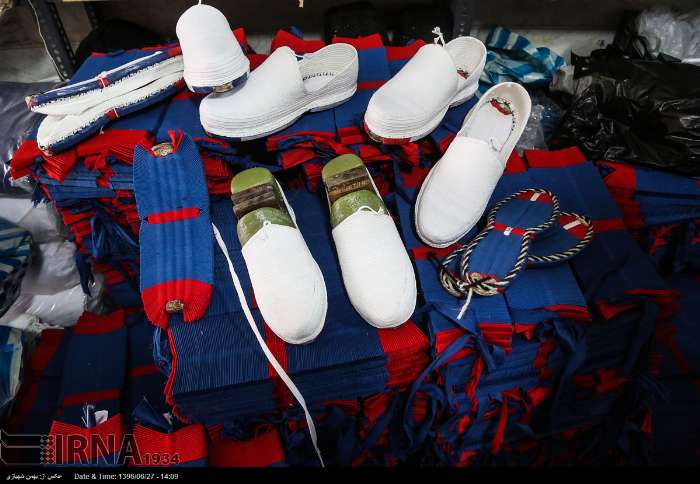A brief history of Giveh, the ancient footwear of Uraman people
Since the beginning of history walking long distances without any footwear has been an issue for human beings. That is why human beings have long been trying to cover their feet with some protective material to make walking easier. (Handmade Persian Footwear Giveh)
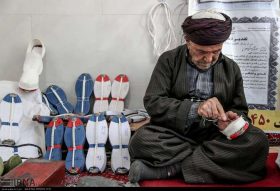 Later in history, ancient human beings noticed that by transforming the bones remaining from big animal carcasses, they made some kind of footwear and used them as shoes, and that was how gradually the shoe industry was born. Slowly but steadily this industry began to make progress. Nowadays huge factories manufacture thousands of pairs of shoes in similar sizes and identical forms in only a few hours. Of course in many places around the world, including some areas in Iran, some types of shoes are still made by hand and this handicraft has its own particular set of fans. Some people prefer these handmade shoes to those made in large numbers by shoe factories.
Later in history, ancient human beings noticed that by transforming the bones remaining from big animal carcasses, they made some kind of footwear and used them as shoes, and that was how gradually the shoe industry was born. Slowly but steadily this industry began to make progress. Nowadays huge factories manufacture thousands of pairs of shoes in similar sizes and identical forms in only a few hours. Of course in many places around the world, including some areas in Iran, some types of shoes are still made by hand and this handicraft has its own particular set of fans. Some people prefer these handmade shoes to those made in large numbers by shoe factories.
The best-known handmade type of shoe which is most popular in Iran and is even used by city dwellers, especially during summer time is called Giveh. Here we will review, first, the history of Giveh shoe making in Iran and then will have a brief look at the process of creating Klash, a type of Giveh made and used mostly in Kurdish regions of Iran.
*Buy online Persian giveh*
History of Giveh
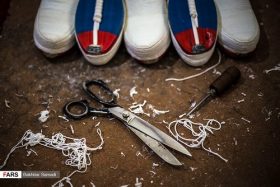
The author of the book Persian Spring (Ajam Spring) has quoted from the Ghowsi Dictionary: “Giveh is associated with Giv of Goodarz and it is said that Giv created this footwear in the land of Touran. Later, based on the Book of Kings it was said that when Giv was searching for Siavash (grandson of Keykavus[2]) and his mother, Farangis, he went to Turkestan and for seven years he was wandering about in search of Siavash in that land and since he had to walk long distances he needed some light but tough protection for his feet and that was how he decided to make Giveh and later all those who needed some footwear similar to those of Giv continued to make it in the same fashion and use it widely. Throughout the centuries Giveh has changed form and style.”
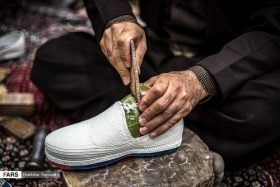
During the Safavid era (around four hundred years ago), both Shiraz and Isfahan had Giveh bazaars. According to tourists who wrote travelogues at that time in Isfahan this bazaar was located near Aligholi Khan Bazaar.
In the existing documents connected to later periods, Giveh can be seen mentioned frequently; its functions and even the names of famous Giveh makers are recorded. The most beautiful Giveh patterns were said to have been made in Abadeh (a city between Shiraz and Isfahan). Nowadays Giveh is made in many places around Iran, in Kermanshah, Uraman area, Abadeh, Kazeroon, Behbahan, Dezfool, some parts of Isfahan, Charmahal Bakhtiyari, and the villages of Vafs and Senjan in the central part of Iran.
Giveh Types
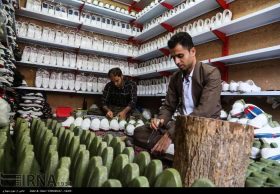
The upper piece is woven out of silk or fine cotton threads. The sole can be made out of leather or rubber and the two parts are tightly tied to each other using different methods. The best-known types of Giveh are as follows:
1. Maleki Giveh: this type has a very finely knit upper piece and is expensive. The toe cap is designed longer than in normal Giveh thus the upper piece is longer and there is a leather piece sown to the back part of the counter of the shoe as well. The sole is made of cotton and the old canvas is made of hemp. The precise combination is that the warp of the sole is made of canvas or cotton and the weft is made of leather. After the warp and the weft are woven into each other the extra parts are cut and that will be called the “Maleki Sole” or “Kohnei Sole” after which the name of this type of Giveh is selected.
2. Ajideh or Ajdeh Giveh: the difference between this type and the previous one is that in this type the upper piece is more coarsely woven and the sole is made of leather with straight stitches.
3. Leather Sole Giveh: this type looks very much like normal shoes. The sole is made of leather. This type is mostly used by city dwellers and that’s why it is also called City Giveh (Giveh Shahri).
4. Latte Giveh: in this kind of Giveh only old cloth/canvas is used to make the sole and that is why it is called “latte Giveh”; latte means old cloth in the older Persian language.
5. Rubber Sole Giveh: this type is less expensive. The sole is made of rubber and the upper piece is coarsely woven.
6. Silk Giveh: this type is very smart and sometimes used for decorative purposes. The sole piece is made of leather or rubber but the upper piece is very finely woven using colorful silk threads, sometimes decorated by embroidery work.
7. Kurdish Giveh or Klash: this type of Giveh which is the main focus of this article is special to Kurdish regions of Iran, mainly Uraman. The most significant feature of Klash is the material used in making this type of Giveh. The upper piece is made of cotton and the sole is made of concentrated cloth. That is why Klash is light, soft flexible, and suitable for mountainous regions. To know Klash better we need to know the region better.
Uraman:
Klash production is a 1500-year-old tradition and the remnants of Pir Shalyar’s Kalshes testify to this claim. This type of Giveh was originally intended for the Uraman region but is now produced in most cities in Kurdistan and Kermanshah provinces, as well as in the Kurdish regions of Iraq.
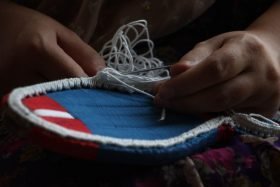
Making Klash- which is also locally called Kali- is one of the main occupations of the people of this area and the craftsmanship is so delicate that Urami’s flash is the best type of Klash.
Steps for Making Klash:
Unlike other types of Giveh which normally take three steps to be completed, Klash goes through two steps only. In other types of Giveh, the upper piece and the sole are done separately and then, in a third step, they are attached or tied to each other. In the case of Klash, the upper piece is simultaneously woven and attached to the sole. Persian Handmade Footwear Giveh
Thus it can be said that Klash is made of two main parts:
1. The upper piece is woven by women villagers using a special thread called Behn and a special needle called Teveneh in Kurdish.
2. The sole is called Zhire-ye-kivas and is made of cotton cloth called Pe-roo. This part reflects the talent and the special taste of the craftsperson making it.
The sole of Klash is called Zhire-ye-kevash locally. It is made of damp cotton which is pounded and moulded by a device, the size of a fist, called Moshty (fist) or Charmkoob (leather pounding) in Persian and Cheremehkoo in Kurdish.
The next step is the women’s turn to weave the upper piece around the sole of Klash using a special thread called FRIT. Before this step, they had already cut the soles into various sizes using an iron device with a sharp edge called HASAN.
Then a thick thread made of goat wool is sewn around the cotton sole and the upper part is woven using the same thread. When weaving the upper piece is over the joints are strengthened with some traditional glue called Sirish which is plant or animal-based. Simultaneously, a yarn made of cowhide is also used to make stitches to make the shoe stronger and to help it not change form when it is used.
Klash Features:
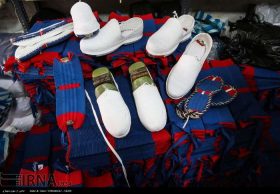
Interestingly enough Giveh has no right or left pair. Each shoe can be worn either by the right or the left foot. Previously all types of Giveh used to be similar to Klash in this regard but with the advent of technology, they changed.
Another interesting characteristic of Klash is that it keeps your feet cool and thus prevents any unpleasant odour. Also, Klash won’t be affected by any colour.
This type of Giveh, unlike the other types, does not have a variety of colours and is only made in plain white colour. Before you begin to use it, you need to rub it on the grass so that any holes left in the soles are filled by grass; this way your Klash will be waterproof. And lastly, even though Klash is produced mostly by women, it is only made for men and it has no female version.
According to the University Health Service of the University of Michigan Wearing good shoes can help you feel your best and help prevent injuries. Shoe choice can affect your whole body, not just your feet, and look for shoes that: Handmade Giveh Shoes
- Have a stiff back.
- Have a small amount of torque.
- Bend where your toes bend.
- Provide arch support
- Are wide enough and long enough at the toes
- Feel comfortable right
Given that we could recommend one of the Persian handmade shoes named “Giveh” that meets all the above criteria that you are looking for. Additionally, a combination of the great cooling system, thick sole, and lightweight makes it an ideal choice for especially summer. Cotton fibres will allow air to pass through the shoe faster and prevent odour from the shoes. The material which is used to make the sole is leather and cotton which gives Giveh great support to your foot and absorbs shock.
[1] written by Ferdowsi between c. 977 and 1010 CE
[2] A mythological figure in Shahnameh who ruled Iran for a hundred years

